So, are gel nails *really* that bad for your skin? We asked the experts
There's a lot to unpack
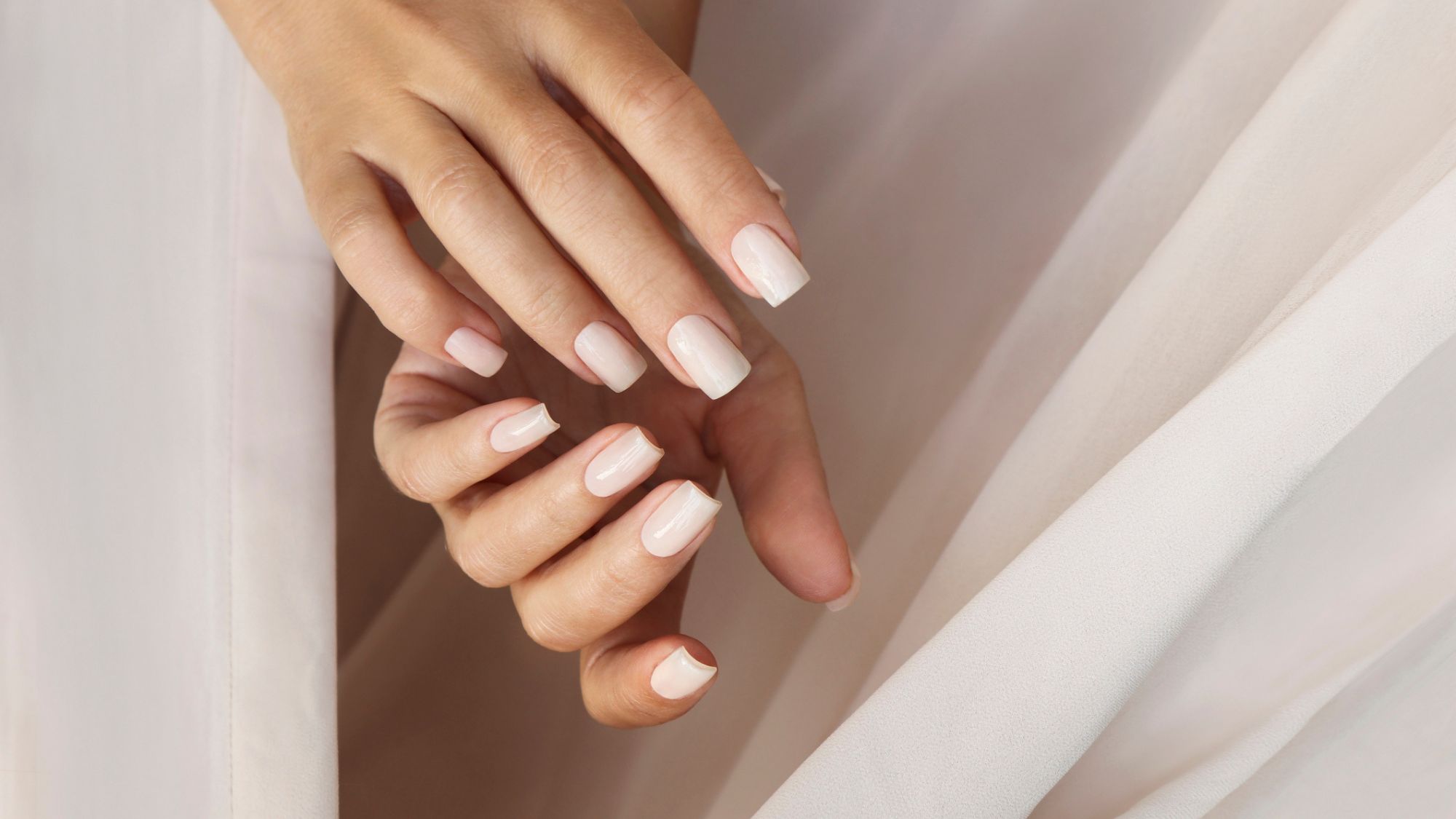

Is it just us, or is everyone currently talking about the dangers of gel nails? From eczema to rashes and all kinds of allergic reactions, we've seen so much information online about whether or not this popular nail trend is bad for your skin. If we're being honest, we've been left completely confused on whether or not we should be cancelling our monthly nail appointment (despite the fact we're loving nail art, right now).
Here at Marie Claire UK, we are always keeping an eye on the latest beauty news to understand and distinguish between what's important and what's not. So, instead of panicking straight away, we decided to consult with the experts to see what they had to say.
Keep on scrolling for the information they think you need to know, from how gel nails could be affecting your skin to how you can protect yourself at your next salon visit.
What are gel nails?
First things first, what are gel nails? The popular beauty treatment involves using a particular type of polish (gel polish) that is cured with a UV lamp. The result is a super shiny-looking manicure that dries instantly and lasts for around two to three weeks without chipping. You can also get builder gel nails, but read more about that in our in-depth guide.
According to the US's FDA, the UV lamps used in gel manicures "emit UV (ultraviolet) radiation." It's worth noting that the FDA states that these nail-curing lamps are different to sunlamps (also known as tanning beds), as they can often be confused with one another.
That being said, there is still a lot of concern about whether these UV lamps are safe for your skin. Not only that, but gel nail polish contains methacrylate chemicals, which can be known to cause allergic reactions. This begs the question, are these manicures really safe?
A post shared by Townhouse (@mytownhouseuk)
A photo posted by on
Are gel nails bad for your skin?
According to consultant dermatologist Dr Anastasia Therianou, "If you wear gel nails for a long time, they have been known to cause an allergic reaction around the nails or even elsewhere on the body. This occurs as a result of the methacrylate chemicals contained within gel nails."
Marie Claire Newsletter
Celebrity news, beauty, fashion advice, and fascinating features, delivered straight to your inbox!
It's worth noting though that these allergies aren't blanket and don't affect the majority. A study published by the British Association of Dermatologists in 2018 revealed that 2.4 per cent of people tested had an allergy to at least one type of (meth)acrylate chemical. The study stated that the trend was a Europe-wide phenomenon, overwhelmingly affecting women.
So, how do you know if you're allergic? Dr Therianou says to look out for the below symptoms:
- Itchy skin
- Redness
- Swelling
- Loosening of the nail bed
- Breathing problems
There have also been reports of people having eczema flare-ups after getting gel nails done. "While gel nails themselves can't cause eczema," says Dr Therianou, "the very atmosphere of a salon can cause flare-ups due to the chemicals and nail dust in the air."
When it comes to UV lamps, the FDA states that "exposure to UV radiation can cause damage to your skin, especially if you’re exposed over time. For example, it can lead to premature wrinkles, age spots, and even skin cancer."
However, the FDA views nail curing lamps as low risk when used as directed by the label, apart from those who may have a condition that makes them extra sensitive to UV radiation.
So in short, the answer is that although gel nail manicures are generally safe, there are some things to beware of—particularly, if you have allergies. A new study on the impact of UV lamps on cell damage and death in the skin has been released (hence the recent conversations you've seen taking place)—but conclusions on the impact on humans receiving, say monthly, UV-cured manicures are still relatively unclear.
With the above information, it's worth knowing there are ways you can help protect the skin on your hands when you're getting a gel mani.
How to protect your skin when getting gel nails
Apply SPF to your hands
Professional nail artist, Iram Shelton, says that the best way to protect your hands from UV lamps when getting a gel manicure is to apply a hand cream that contains SPF. "This should be a standard practice," explains Shelton, "but many people tend to neglect their hands when it comes to skincare."
We would always recommend using the highest SPF possible on your hands. Something like the Ultra Violette Extreme Screen Hydrating Body & Hand Skinscreen SPF50+ or the Supergoop! Handscreen SPF40 should do the trick.
Wear UV-absorbing gloves
Another way to protect your hands from a UV lamp is to wear fingerless gloves. As Shelton explains, "they help to block out the UV rays from lamps."
The FDA recommends choosing UV-absorbing gloves to make sure you are getting as much protection as possible.
Take an antihistamine before your appointment
In order to avoid or reduce a possible allergic reaction, Dr Therianou recommends taking an antihistamine prior to your visit to the salon. That being said, if you do find your skin reacting badly to the beauty treatment, it's best to avoid it altogether.
Make sure you have the correct hand placement
Something you might not have even considered is how you place your hands into the UV lamp. According to Shelton, "If you’re moving around or haven’t placed your hand in further enough into the UV lamp, then it may cause the gel to not cure properly. If this happens this can lead to all kinds of problems, including allergic reactions."
Wash your hands after getting your nails done
Another thing that you might not have considered is making sure to always wash your hands after getting your nails done. "I’d always recommend washing your hands after if possible," says Shelton. "This is just to make sure that any uncured product or any residue that is left over has also been removed from your skin. If product comes into contact with your skin repeatedly it can also be the cause of an allergic reaction."
Switch up your polish
Nail polish has come a long way in recent years, with lots of brands creating gel-like polishes that you can use at home without a UV lamp. There are even hypoallergenic gel nail products available, so it's always worth consulting your nail artist to see what options are suitable for you if you do find yourself reacting to the methacrylate chemicals.
Use at-home kits correctly
Although it might be tempting to invest in an at-home gel kit and save yourself a little bit of cash, it's important to make sure you are using them correctly, or they could be causing more damage than good. In a 2018 study carried out by the British Association of Dermatologists , consultant dermatologist Dr Deirdre Buckley said, "We would particularly urge people to be careful when using home kits. If you do use one, make sure that you use the recommended UV lamp for curing, and read the instructions carefully. Using the wrong lamp may mean that the gel polish does not cure properly, and this means an increased chance of allergy."
Grace Lindsay is currently Junior Beauty Editor at Who What Wear UK and previously was Marie Claire UK's E-Commerce Writer. With over three years of experience in the fashion and beauty industry, she covers everything from the best make-up and skincare deals to how to shop the stand out trends of the season. When she's not typing away at her laptop, Grace can be found shopping her favourite vintage markets IRL, or catching up on her never-ending list of books to read.
-
 Jonathan Anderson is going to Dior Men
Jonathan Anderson is going to Dior MenHis debut collection will be this June
By Mischa Anouk Smith
-
 I'm a 2025 bride and these are the best affordable wedding dresses I've found
I'm a 2025 bride and these are the best affordable wedding dresses I've foundLess than £1,000 but still the height of chic
By Sofia Piza
-
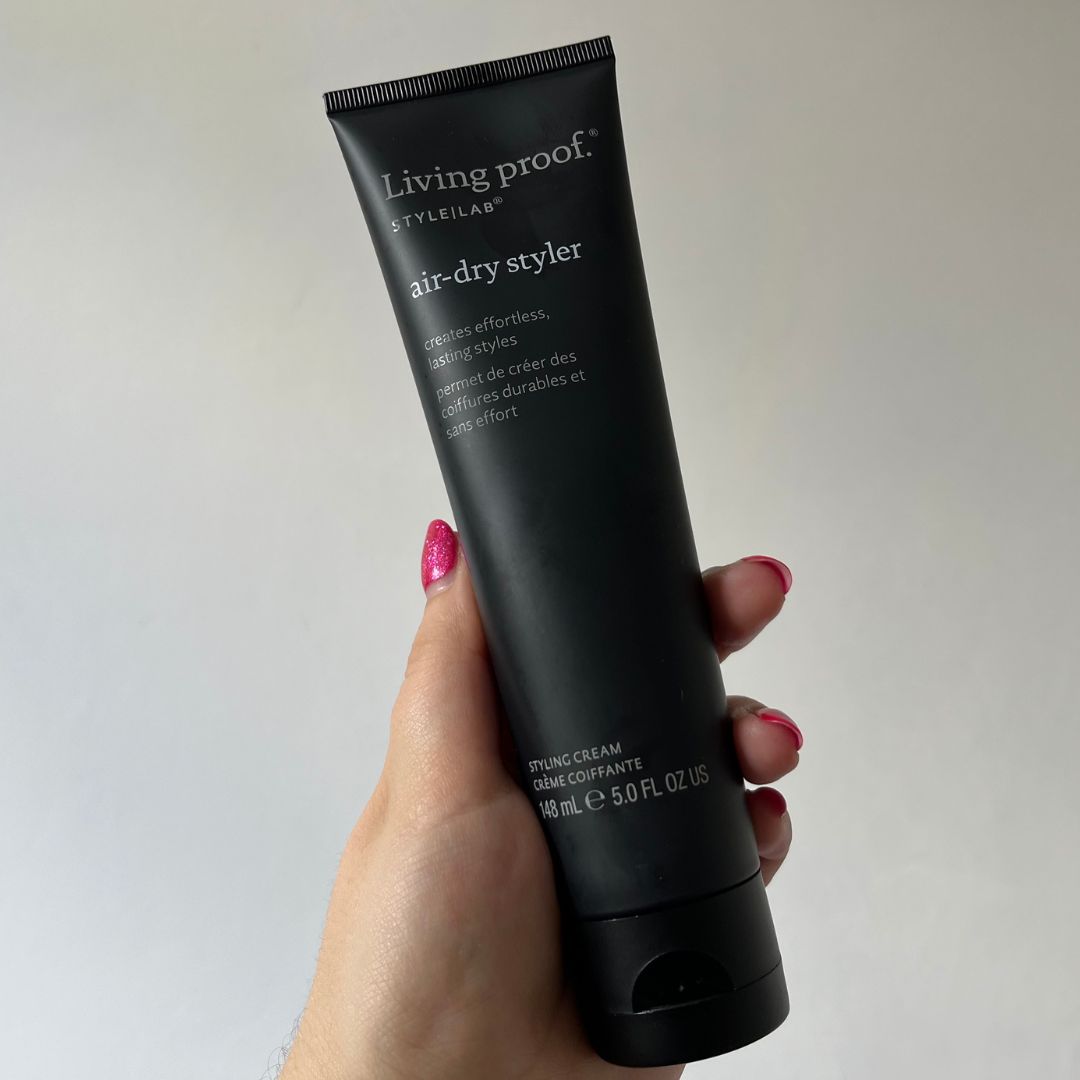 I haven't worn my hair completely natural for years, but this air-dry styling cream has made me love my waves again
I haven't worn my hair completely natural for years, but this air-dry styling cream has made me love my waves againI will never be without this
By Amelia Yeomans
-
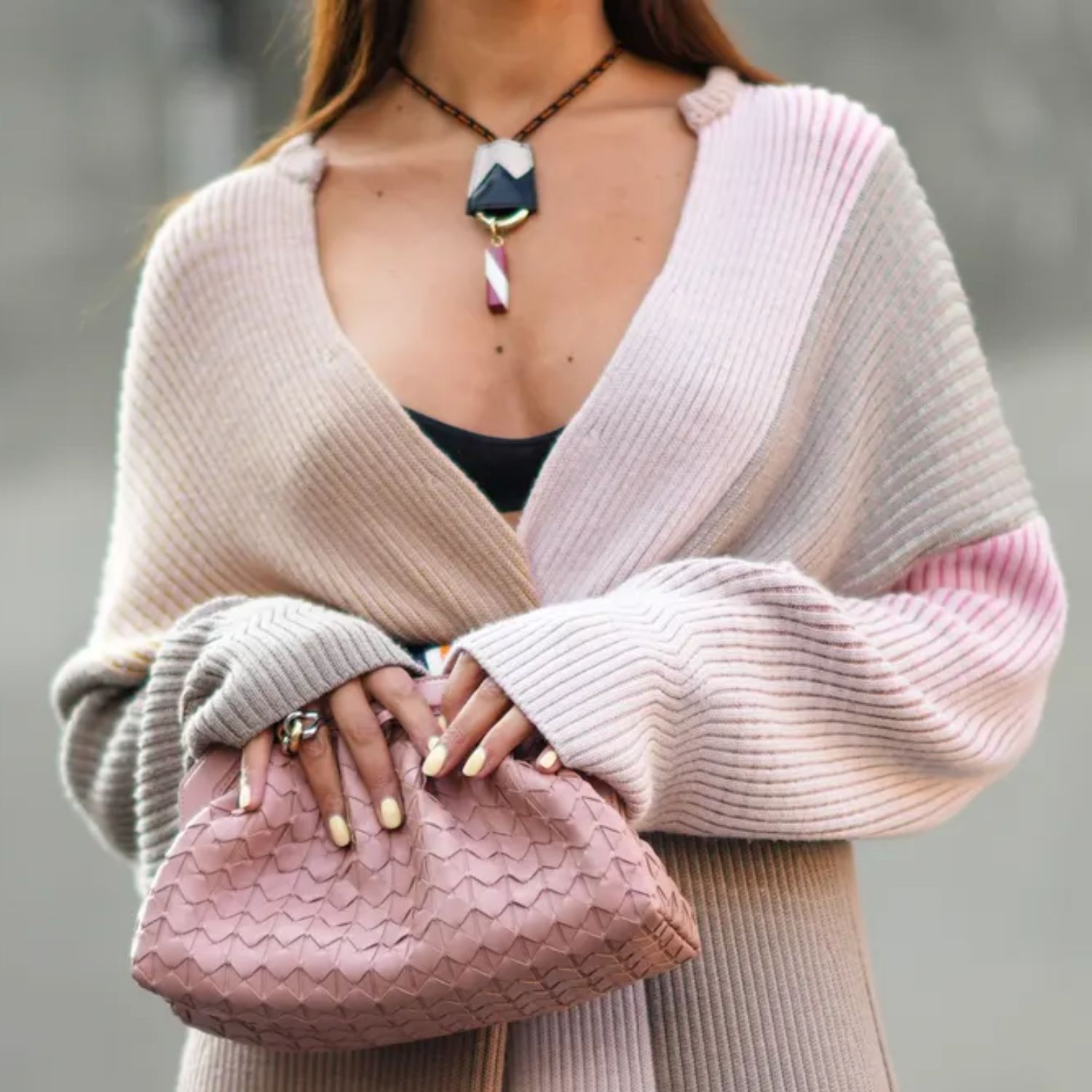 A nail expert just confirmed that *everyone* will be wearing butter yellow nails this spring—and I’m obsessed
A nail expert just confirmed that *everyone* will be wearing butter yellow nails this spring—and I’m obsessedHere's how to choose the best shade for you
By Mica Ricketts
-
 This expensive-looking nail shade is a favourite of Selena Gomez—I predict it’s the colour of the season
This expensive-looking nail shade is a favourite of Selena Gomez—I predict it’s the colour of the seasonIt screams spring
By Nessa Humayun
-
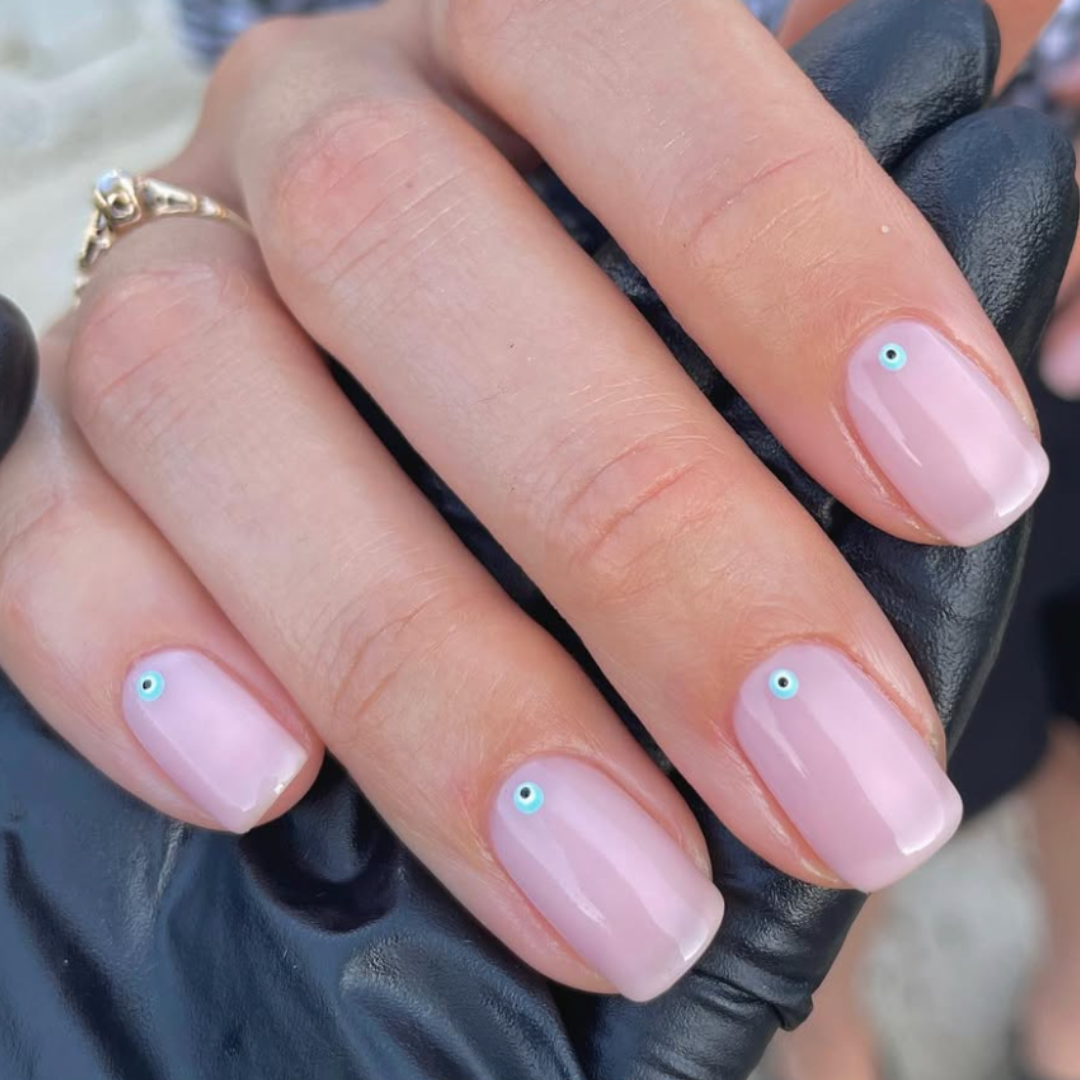 I was in a rut until I discovered micro nail art—it's elegant, dainty, and so personalisable
I was in a rut until I discovered micro nail art—it's elegant, dainty, and so personalisablePlus, all the inspiration you need...
By Nessa Humayun
-
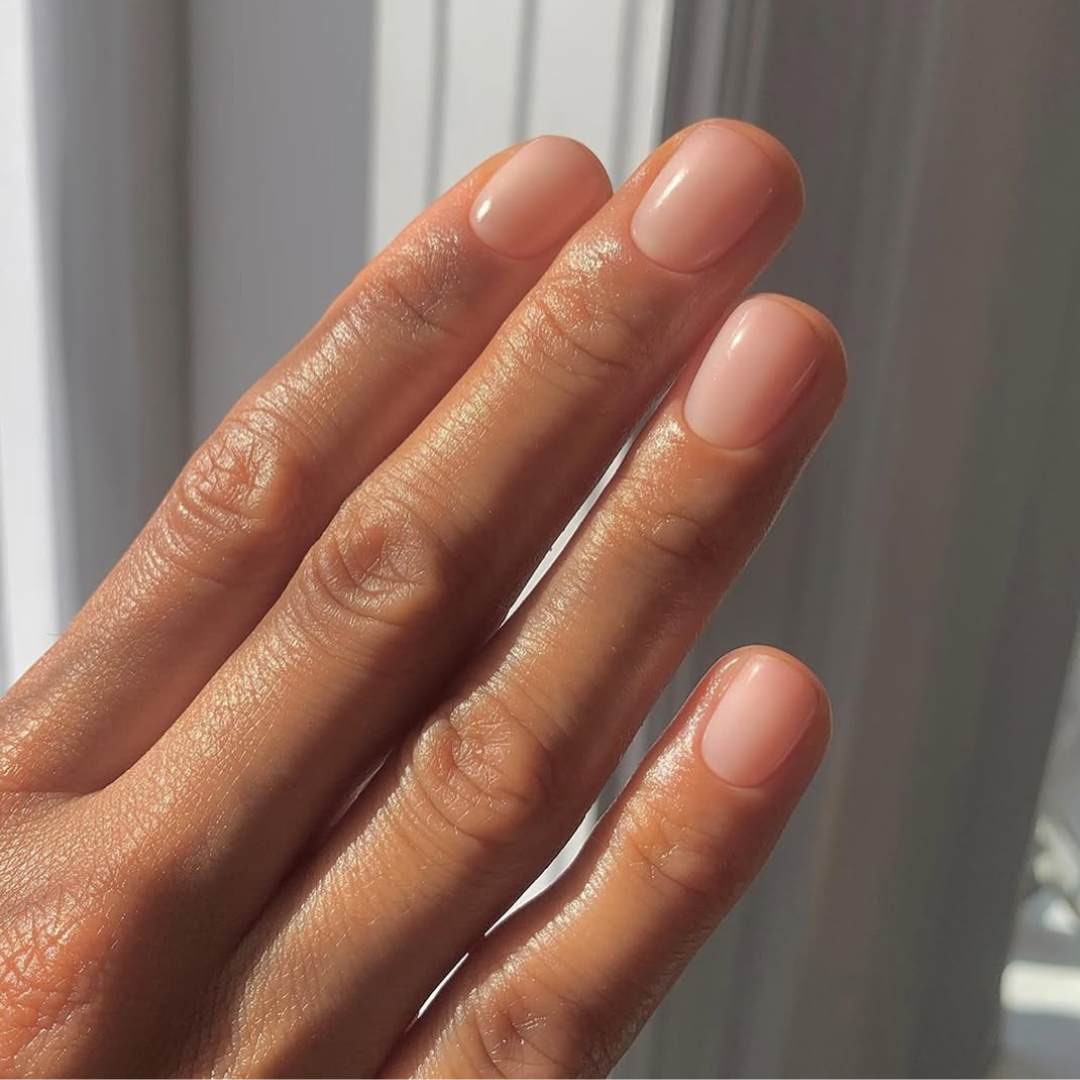 Every beauty editor I know is obsessed with the naked manicure—it's clean, precise and *expensive-looking*
Every beauty editor I know is obsessed with the naked manicure—it's clean, precise and *expensive-looking*Fresh and clean for spring
By Nessa Humayun
-
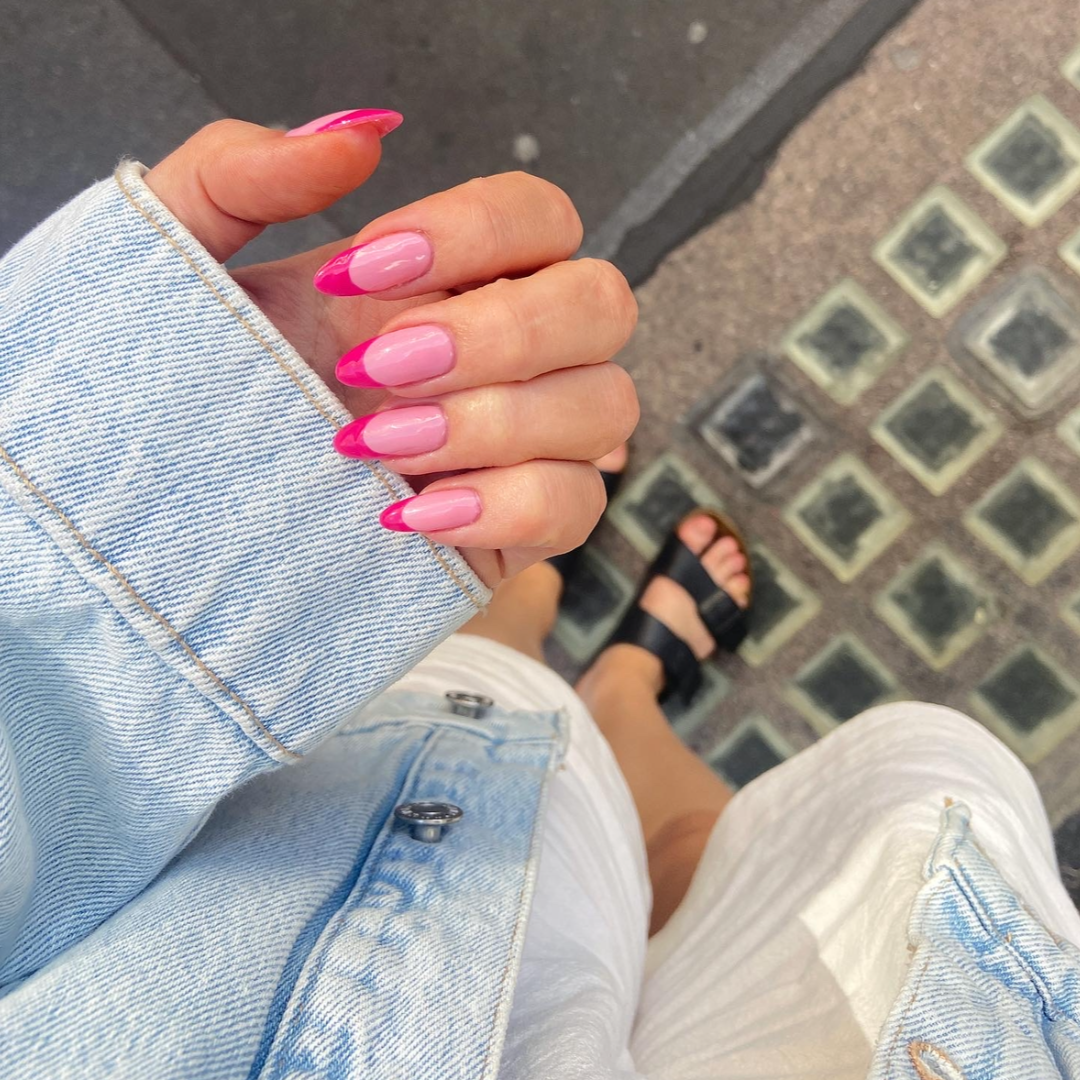 Hailey Bieber’s nail shape of choice is elongating, chic and practical—I'll never get mine done another way
Hailey Bieber’s nail shape of choice is elongating, chic and practical—I'll never get mine done another wayPlus, it suits a variety of colours
By Rebecca Fearn
-
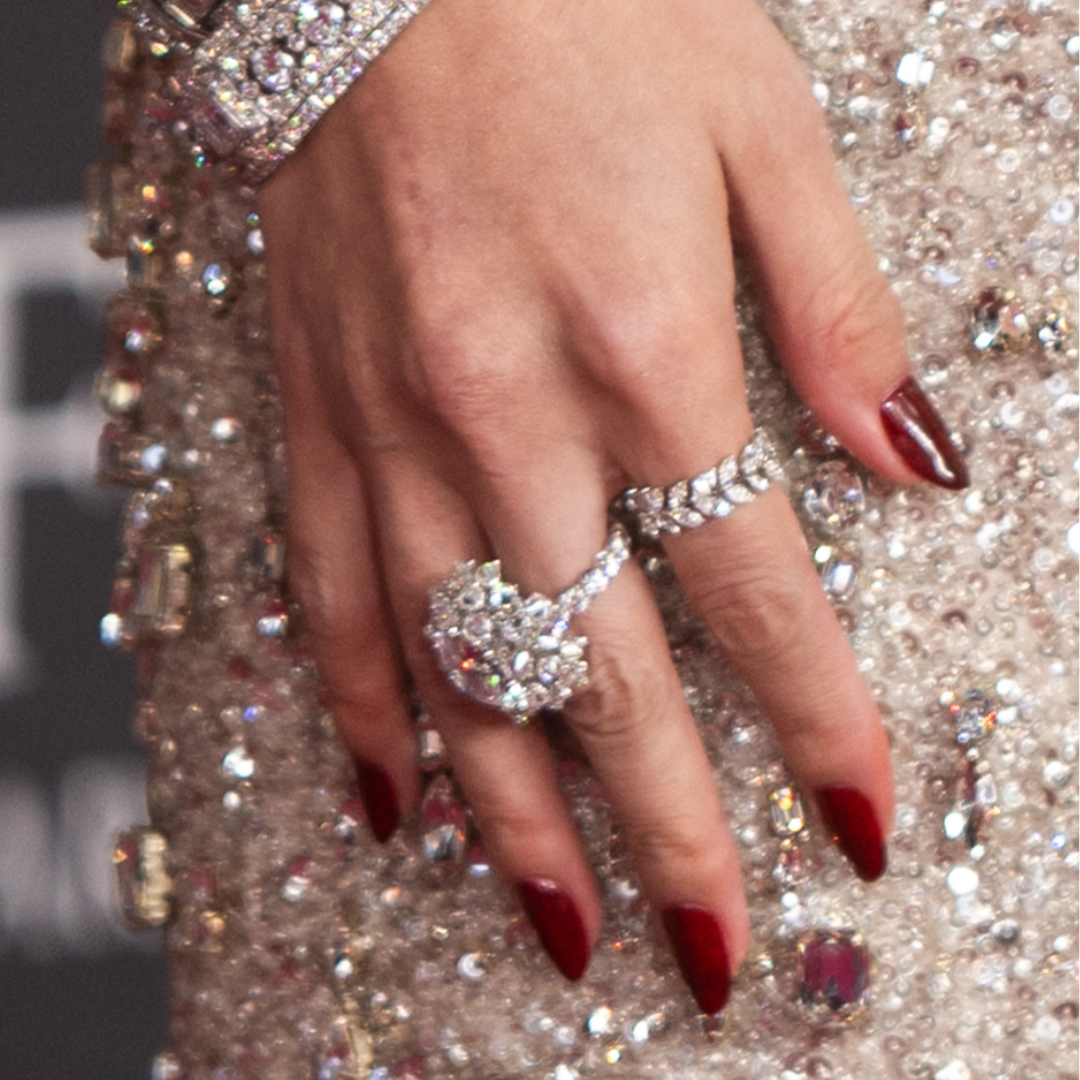 You heard it here first—this unconventional spring manicure colour is about to be everywhere
You heard it here first—this unconventional spring manicure colour is about to be everywhereIt's not what you'd expect...
By Nessa Humayun
-
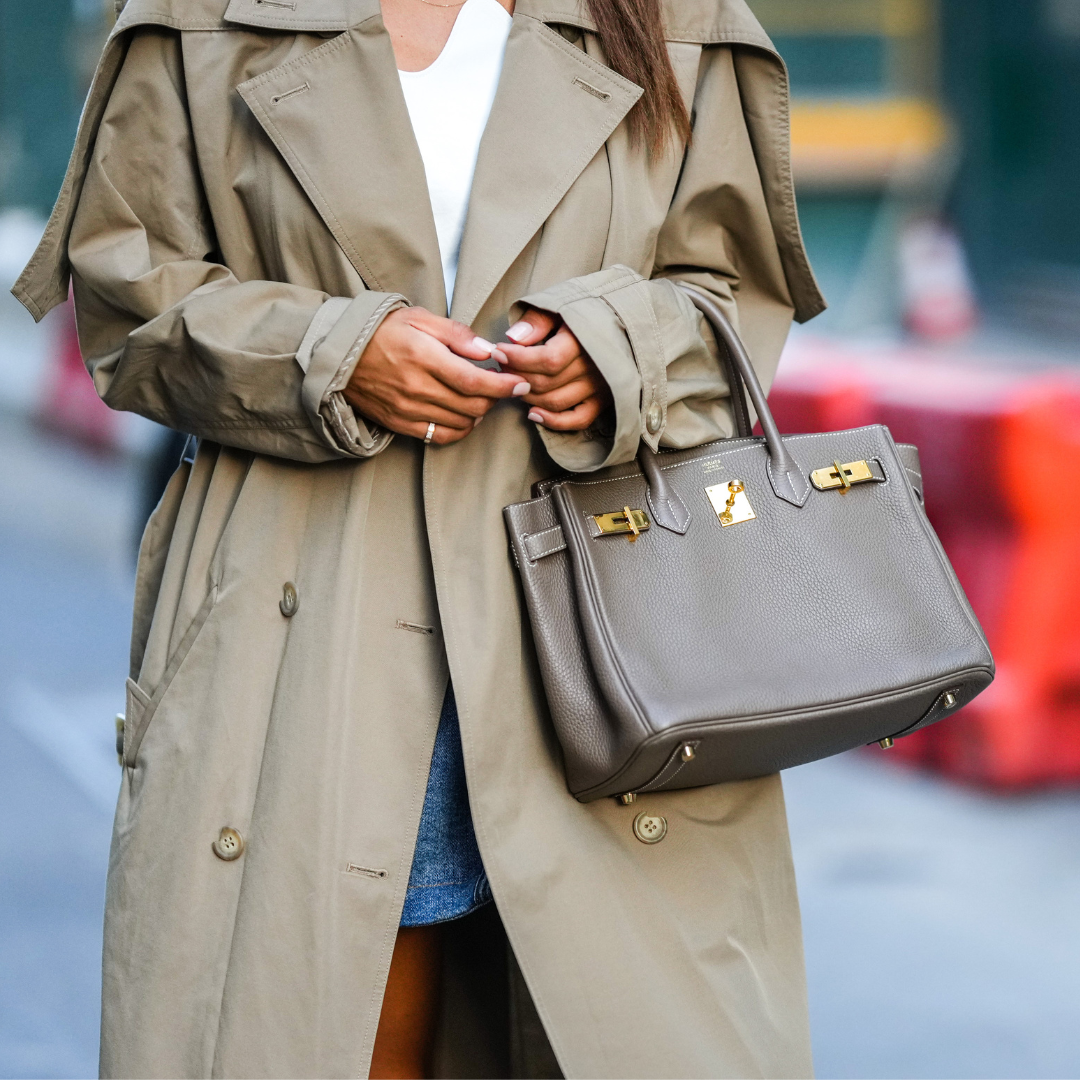 After years of gel manicures, my nails are dry, brittle and flaky—here’s what top techs advise for a total reset
After years of gel manicures, my nails are dry, brittle and flaky—here’s what top techs advise for a total resetA saviour after too many trips to the salon...
By Rebecca Fearn
-
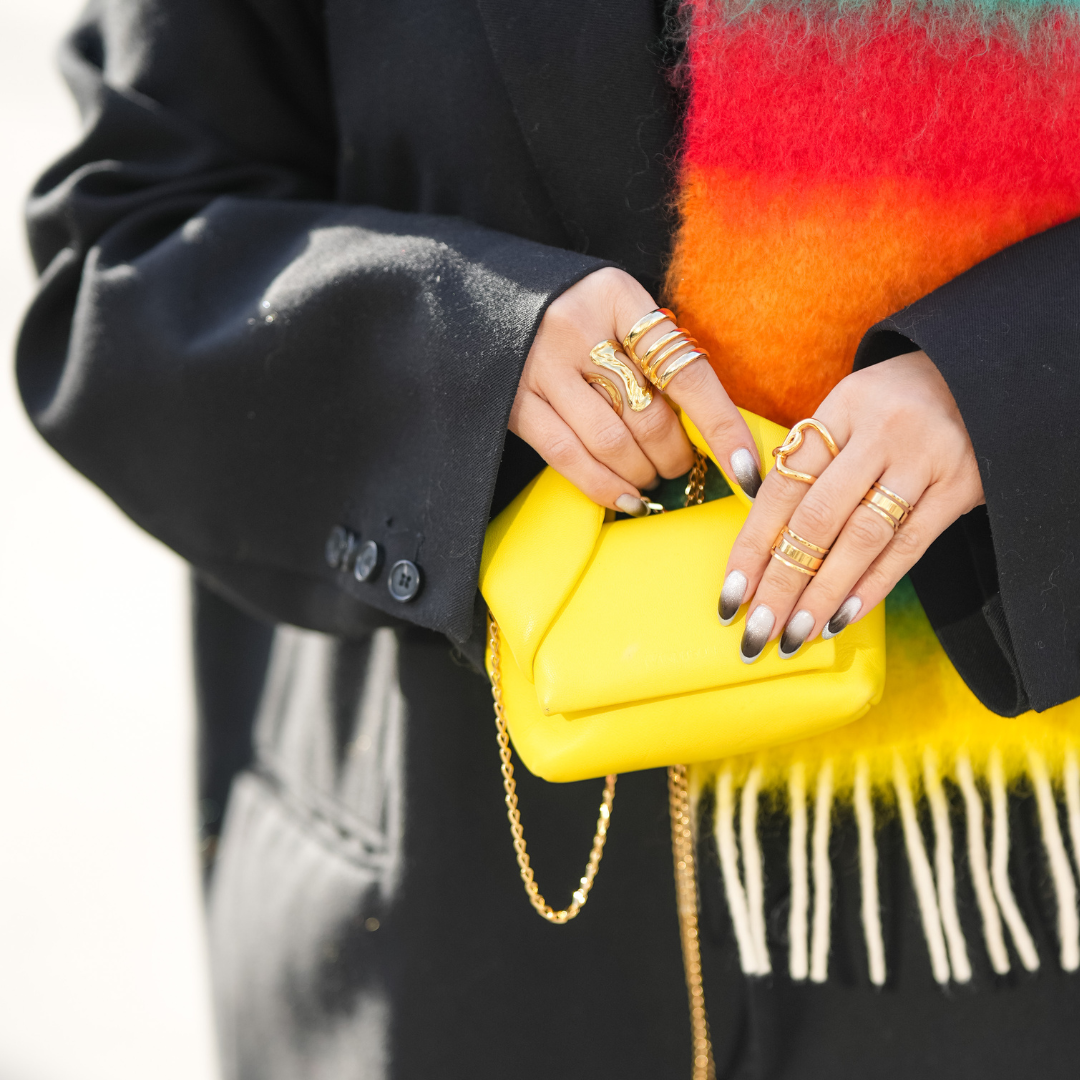 Sorry, the colourful tip is dead—all the *cool girls* are asking for this twist on the French manicure
Sorry, the colourful tip is dead—all the *cool girls* are asking for this twist on the French manicureI hate to break it to you...
By Nessa Humayun